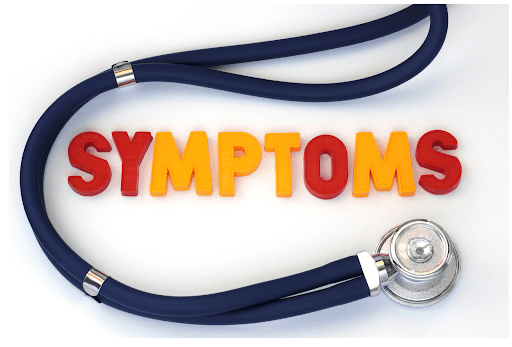Understanding Complications of Cervical Spondylosis
Cervical spondylosis, also known as cervical osteoarthritis, is a disorder of the spine that affects the neck’s bones, joints, and discs. Middle-aged and elderly people are more likely to develop cervical spondylosis as the cervical spine’s discs gradually degenerate with age. Around 85% of persons older than 60 years have cervical spondylosis. So in this article we will discuss about complications of cervical spondylosis.
Factors resulting in cervical spondylosis
The biggest risk factor for cervical spondylosis is ageing. The disease frequently results from changes that occur to your neck joints as you age. Bone spurs and disc herniation are also caused as you age.
Yet there are several other factors causing cervical spondylosis besides ageing, that can make you more likely to develop cervical spondylosis. Below are the other factors causing cervical spondylosis.
1) Being overweight and inactive.
2) Accidents to the neck.
3) Long periods of holding your neck in an unpleasant position.
4) Genetic influences.
5) Smoking
6) Jobs that require uncomfortable positioning and frequent neck movements
Complications of cervical spondylosis

Now we will discuss the complications of cervical spondylosis.
1) Cervical Myelopathy or spinal stenosis
Cervical myelopathy is a complication of cervical spondylosis that occurs when the spinal cord in the cervical spine(neck) is compressed. Although patients over the age of 40 are more frequently affected, younger people with narrower spinal canals can still get the illness.
Symptoms of cervical myelopathy
The symptoms of cervical myelopathy include
1) Neck pain and stiffness.
2) Reduced motion range of body.
3) Numbness in hands and arms.
4) Weakness in hands and arms.
Cervical myelopathy is best diagnosed with MRI scans, but other tests can also be used to help rule out other conditions.
If the condition becomes worse, cervical myelopathy is treated with the help of spinal decompression surgery.
2) Nerve compression or cervical radiculopathy
cervical radiculopathy or “pinched nerve” is caused due to inflammation and compression of either of the cervical spine’s nerve roots. This is another complication of cervical spondylosis. 85 out of 1,00,000 suffer from cervical radiculopathy.
Symptoms of cervical radiculopathy

1) Reduced sensation in fingers or hands.
2) Electric or tingling sensation in the skin.
3) Motor issues such as reduced coordination and weakness in one or more muscles.
4) Loss of ability to respond when you touch hot or cold substances.
3) Permanent disability

The effects of cervical myelopathy and cervical radiculopathy may be permanent if the vertebrae continue to be damaged.
The patients’ everyday routine life may be affected if they become too weak to simply walk or do their activities. In severe circumstances, surgery might be the only way to reduce pain and partially restore functionality.
Conclusion
Discuss the best nonsurgical measures with your healthcare professional to help you get rid of your symptoms. The best course of action can involve combining medical treatment with physical therapy and Neurotherapy.
There are many ancient and natural methods like Neurotherapy discovered by Lajpatrai Mehra, which is proven very effective in treating cervical spondylosis and avoiding the complications of cervical spondylosis.
At the Spandan Spondylosis care centre, all spine-related problems are treated by Neurotherapy and surgery is avoided. Contact Dr Umakant Pandurang Dolas, a renowned neuro therapist and spondylosis consultant in Pune for 100% natural treatment.

